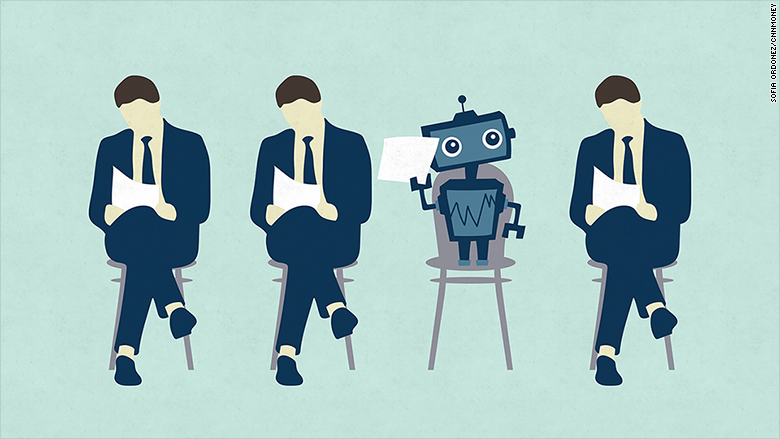
We are such an anxiety-ridden society that we worry about problems that haven't happened, and, almost certainly, won't. Robots are an apt example. Even McKinsey and Co., the high-powered management consulting firm, professes to be concerned. We imagine hordes of robots destroying jobs, leaving millions of middle-class families without work and income. Relax. Unless we adopt self-destructive policies, this is one doomsday we'll avoid.
One thing that the U.S. economy excels at is creating jobs. You might doubt this listening to Donald Trump and Hillary Clinton, who promise personally to create millions of high-paying jobs. This is misleading. The overwhelming share of jobs are created by the private market, not government or politicians.
Yes, there are recessions. Two of them in the post-World War II era were quite severe (those of 1981-82 and 2007-09). We had scary levels of unemployment. But eventually the job creation machine reasserts itself. In 2015, employment totaled 149 million, up from 99 million in 1980 and 137 million in 2000.
What about the robots? In truth, they are not a new problem. There have always been new technologies and products that eliminate entire industries and occupations. But lost jobs and destroyed industries give way, over time, to new industries and jobs. Cars replaced buggies; smartphones are replacing landlines.
Robots are simply the latest chapter in this narrative. Sure, some jobs will vanish. But others will materialize. Often, increases occur so silently and slowly that they're only noticed when they've become a major part of the labor force.
Just the other day, the Census Bureau released a report on "information technology" workers, a job category that didn't exist until 1970. Since then, their numbers have increased 10-fold, growing from 450,000 to 4.6 million. These are well-paying jobs; median earnings in 2014 were $80,665.
The same logic applies to robots. Someone has to design the robots, program them, sell them, service them and fix them. These people buy homes, send their kids to college, take vacations and have health costs. The economy is a circular process, where one person's costs are another person's income. If robots cut costs, the savings have to go somewhere -- lower prices, higher wages, higher profits or more business investment. All potentially augment demand.
None of this demeans the hardships -- sometimes tragedies -- of workers who lose their jobs to new technologies and competitors. Workers whose skills and contacts become obsolete face a difficult time. But this is a longstanding problem that has defied many efforts to solve it.
There are two dangers for the future. One is that the new jobs created by new technologies will require knowledge and skills that are in short supply, leaving unskilled workers without income and the economy with skill scarcities.
The second danger is that government will damage or destroy the job creation process. We live in a profit-making economic system. Government's main role is to maintain the conditions that make hiring profitable.
If we make it too costly for private firms to hire (through high minimum wages, mandated costs and expensive regulations) -- or too difficult to fire -- guess what? They won't hire. That's what ought to worry us, not the specter of more robots.
Comment by clicking here.


 Contact The Editor
Contact The Editor
 Articles By This Author
Articles By This Author
